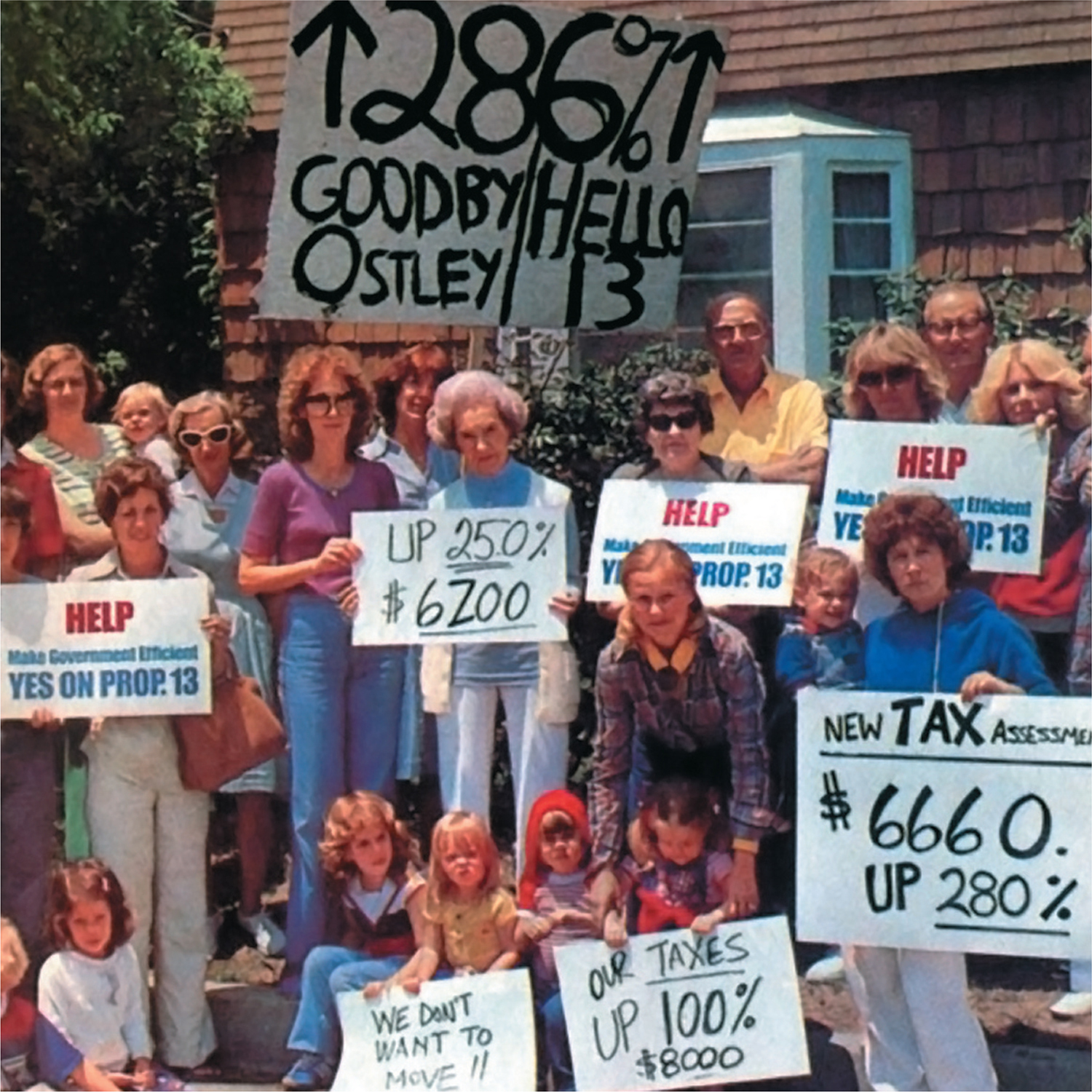The American Promise:
Printed Page 859
The American Promise Value
Edition: Printed Page 795
Chapter Chronology
Emergence of a Grassroots Movement
Hidden beneath Lyndon B. Johnson’s landslide victory over Arizona senator Barry Goldwater in 1964 lay a rising conservative movement. Defining his purpose as “enlarging freedom at home and safeguarding it from the forces of tyranny abroad,” Goldwater argued that government intrusions into economic life hindered prosperity, stifled personal responsibility, and interfered with individuals’ rights to determine their own values. Conservatives assailed big government in domestic affairs but demanded a strong military to eradicate “Godless communism.”
The grassroots movement supporting Gold-water’s nomination was especially vigorous in the South and West, and it included middle-class suburban women and men, members of the rabidly anti-Communist John Birch Society, and college students in the new Young Americans for Freedom (YAF). In 1966, California conservatives helped Ronald Reagan defeat the liberal incumbent governor, whom Reagan linked to the Watts riot, student disruptions at California universities, and rising taxes.
A number of Sun Belt characteristics made conservatism strong in places such as Orange County, California; Dallas, Texas; and Scottsdale, Arizona. Such predominantly white areas contained relatively homogeneous, skilled, and economically comfortable populations, as well as military bases and defense plants. The West harbored a long-standing tradition of Protestant morality, individualism, and opposition to interference by a remote federal government. That tradition continued with the emergence of the New Right, even though it was hardly consistent with the Sun Belt’s economic dependence on defense spending and on huge federal projects providing water and power for the burgeoning region. The South, which also benefited from military bases and the space program, shared the West’s antipathy toward the federal government, but hostility to racial change was much more central to the South’s conservatism. After signing the Civil Rights Act of 1964, President Johnson remarked privately, “I think we just delivered the South to the Republican Party.” Indeed, Goldwater carried five southern states in 1964.
Grassroots movements proliferated around what conservatives believed marked the “moral decline” of their nation. For example, in 1962 Mel and Norma Gabler got the Texas board of education to drop books that they believed undermined “the Christian-Judeo morals, values, and standards as given to us by God through . . . the Bible.” Sex education roused the ire of Eleanor Howe in Anaheim, California, who felt that “nothing [in the sex education curriculum] depicted my values.” (See “Seeking the American Promise.”) The U.S. Supreme Court’s liberal decisions on school prayer, obscenity, and abortion also galvanized conservatives to restore “traditional values.”
In the 1970s, grassroots protests against taxes grew alongside concerns about morality. As Americans struggled with inflation and unemployment, many found themselves paying higher taxes, especially higher property taxes as the value of their homes increased. Some were incensed to see their taxes fund government programs for people they considered undeserving. In 1978, Californians revolted in a popular referendum, reducing property taxes by more than one-half and limiting the state legislature’s ability to raise taxes. What a newspaper called a “primal scream by the People against Big Government” spread to other states.

VISUAL ACTIVITY The Tax Revolt Neighbors gather in Los Angeles to rally for Proposition 13, an initiative launched by conservative Howard Jarvis in 1978. Many homeowners rallied to Jarvis’s antitax movement because rising land values had increased their property taxes sharply. After Californians passed Proposition 13, some thirty-seven states cut property taxes, and twenty-eight reduced income taxes. The tax issue helped the Republican Party end decades of Democratic dominance. Tony Korody/ Time & Life Pictures/Getty Images. READING THE IMAGE: Considering the signs, what is the main concern of the people pictured here? What kinds of people are pictured here, and what are their stakes in the property tax issue? CONNECTIONS: What other issues did Republicans capitalize on in the 1970s and 1980s?
Law and order was yet another rallying cry of the right, who were concerned about sky-rocketing rates of crime, which were due in part to baby boomers maturing into the age group most prone to crime. Conservatives lumped together common crime with civil disobedience and antiwar protest into a cry for law and order, and blamed liberals for Great Society programs that had failed to reduce crime, permissive attitudes toward protesters, and Supreme Court decisions that coddled criminals. A Pennsylvania man called “crime, the streets being unsafe, strikes, the trouble with the colored, all this dope-taking . . . a breakdown of the American way of life.”
